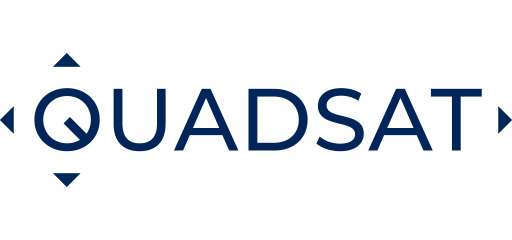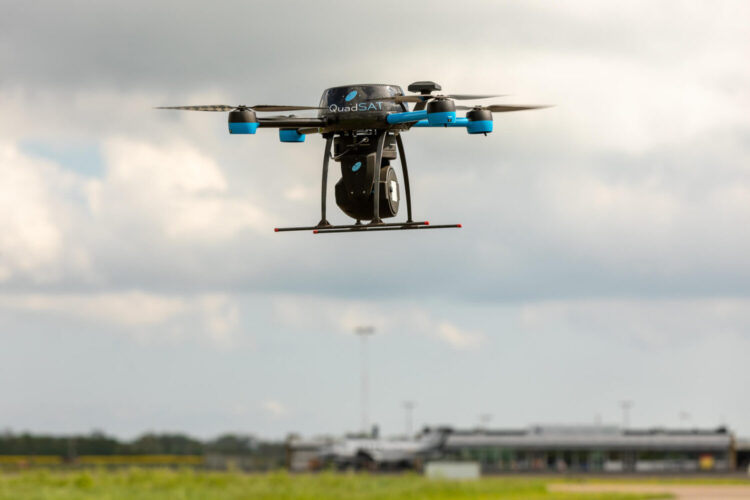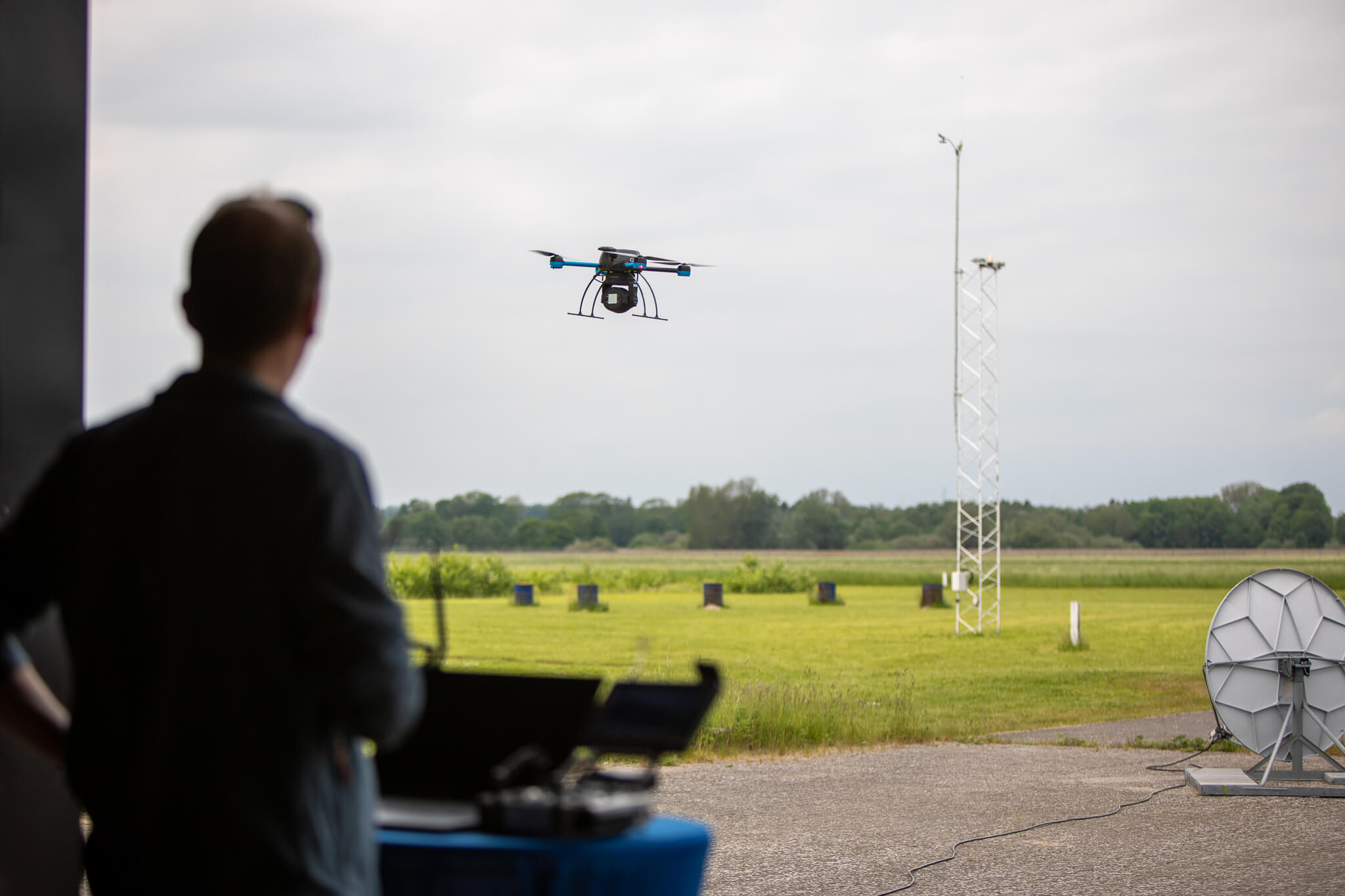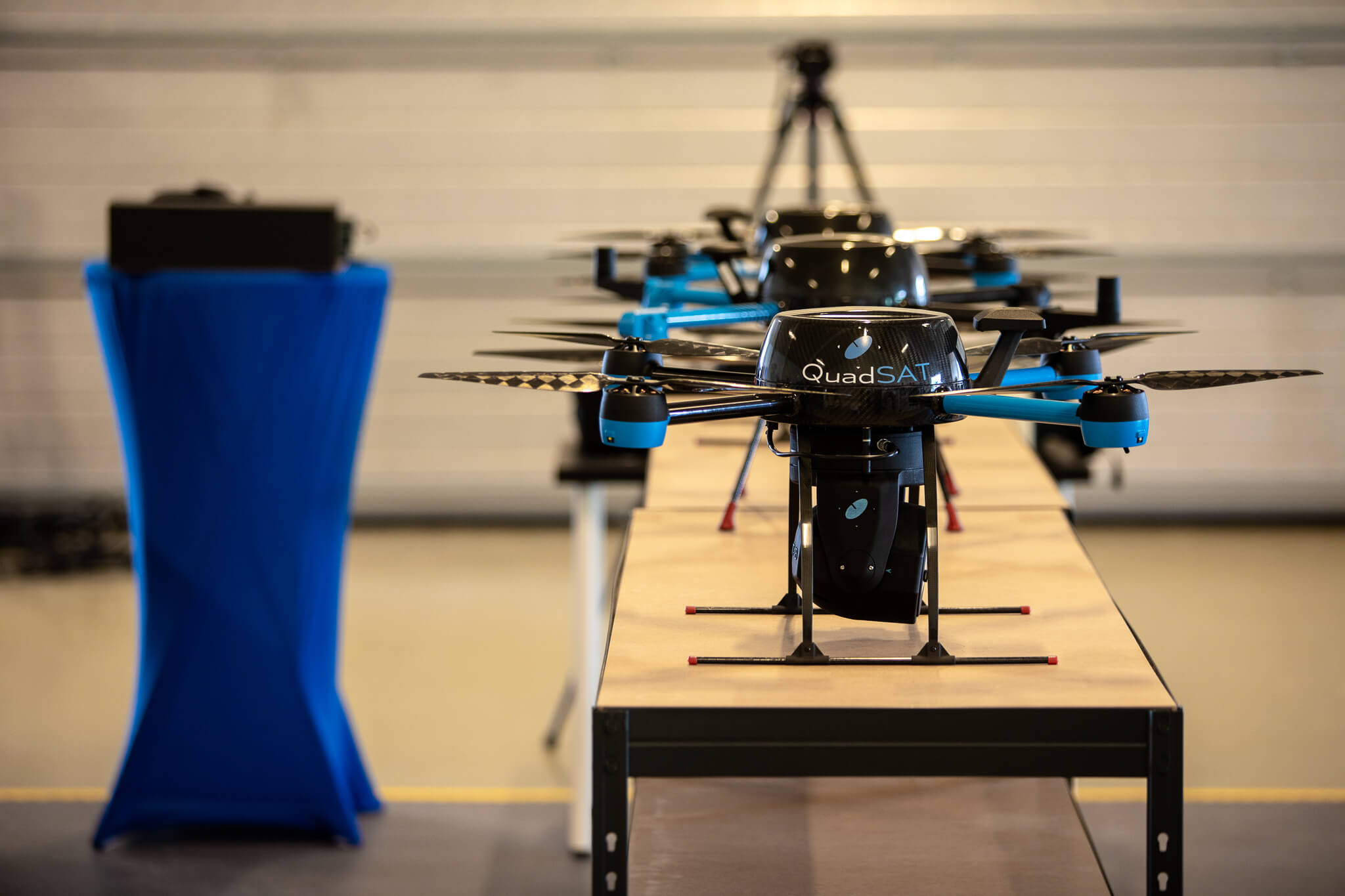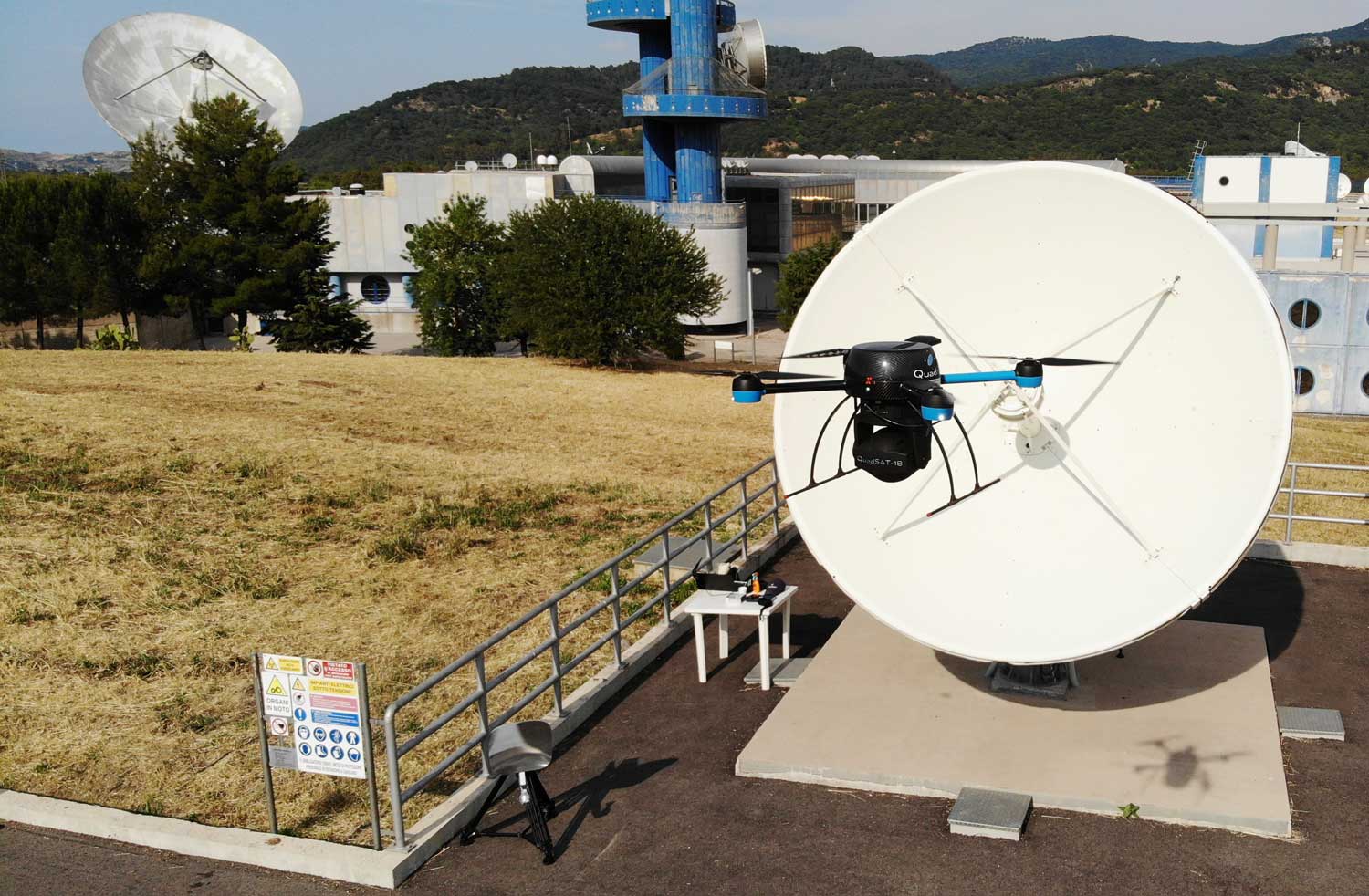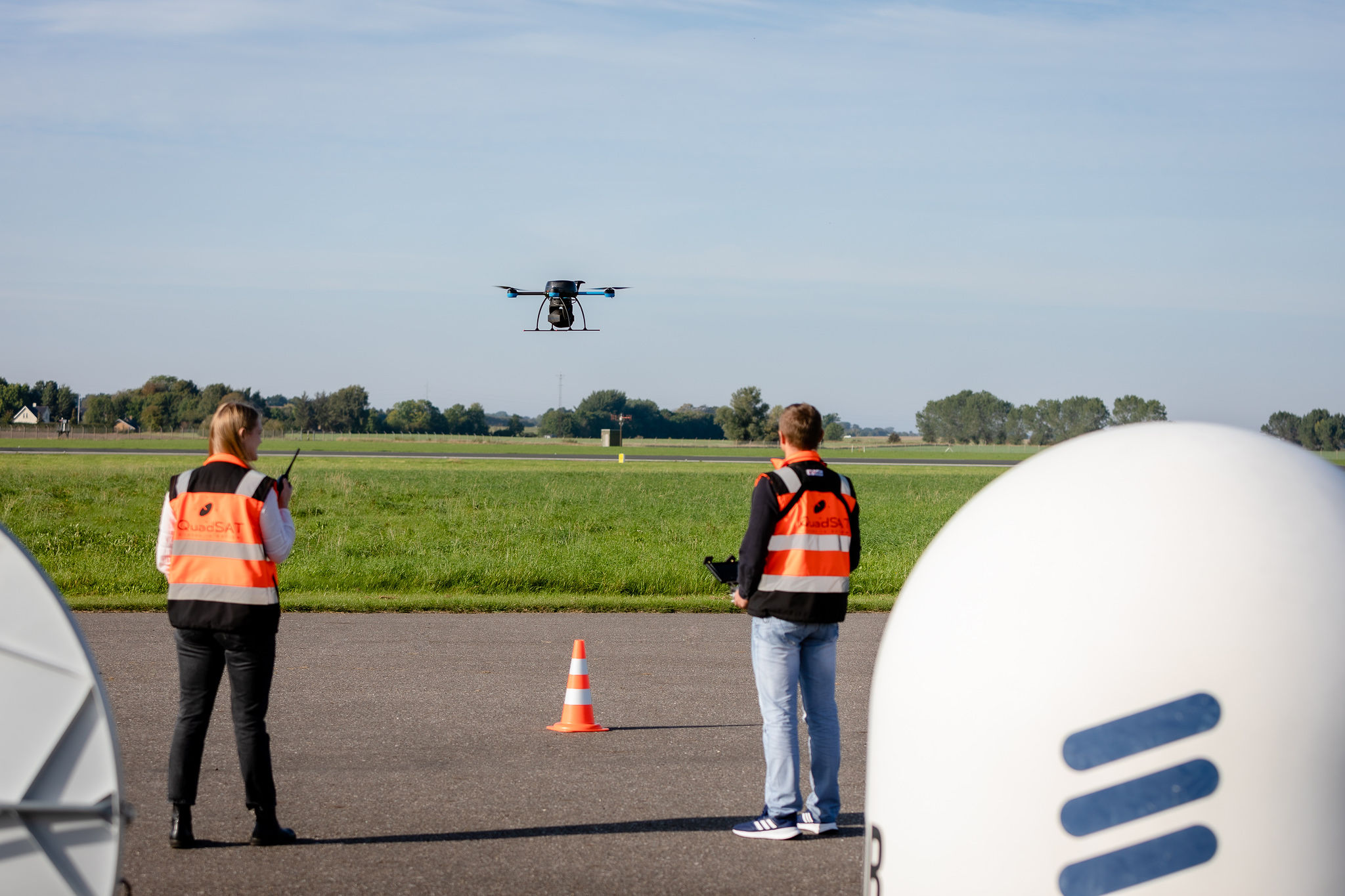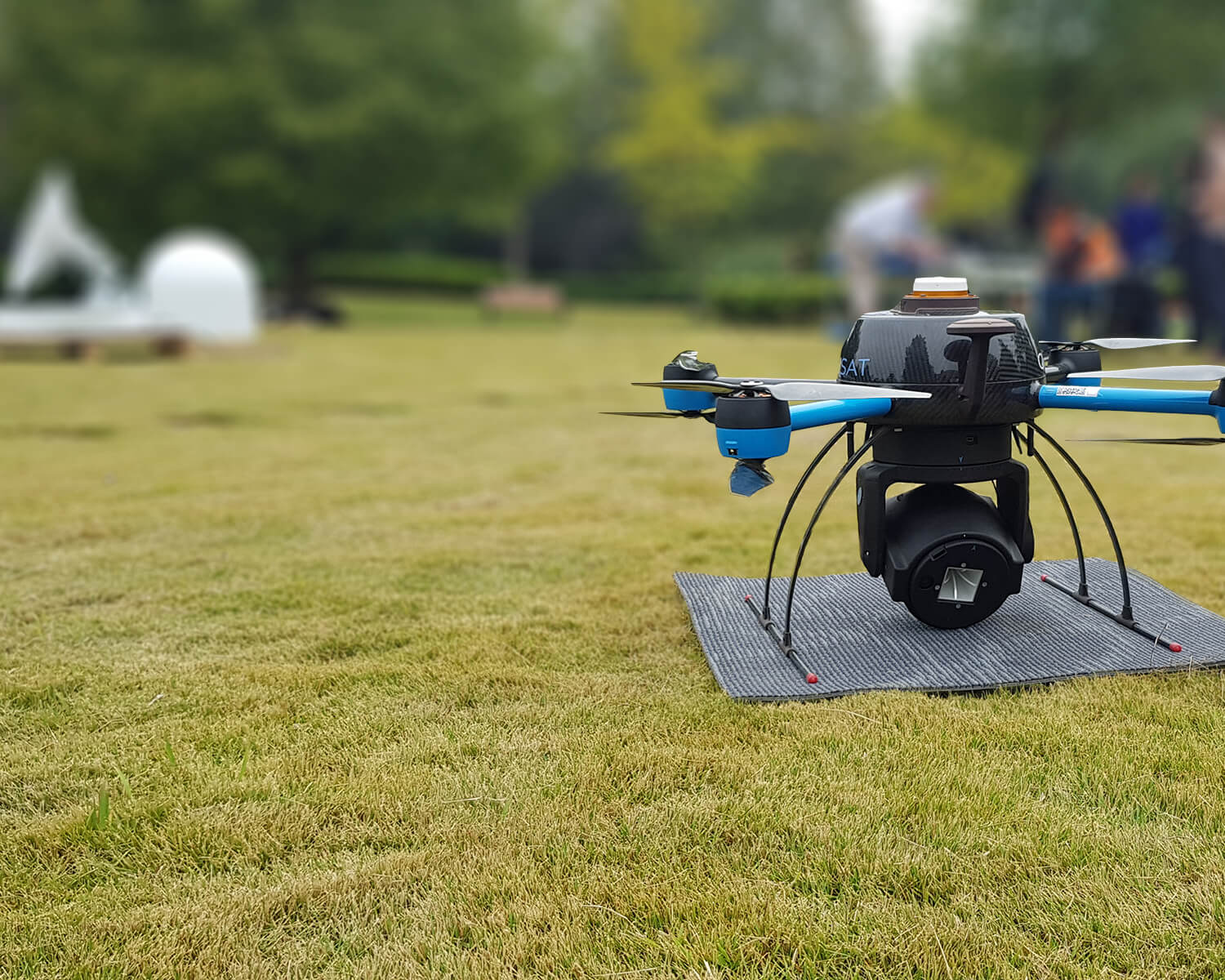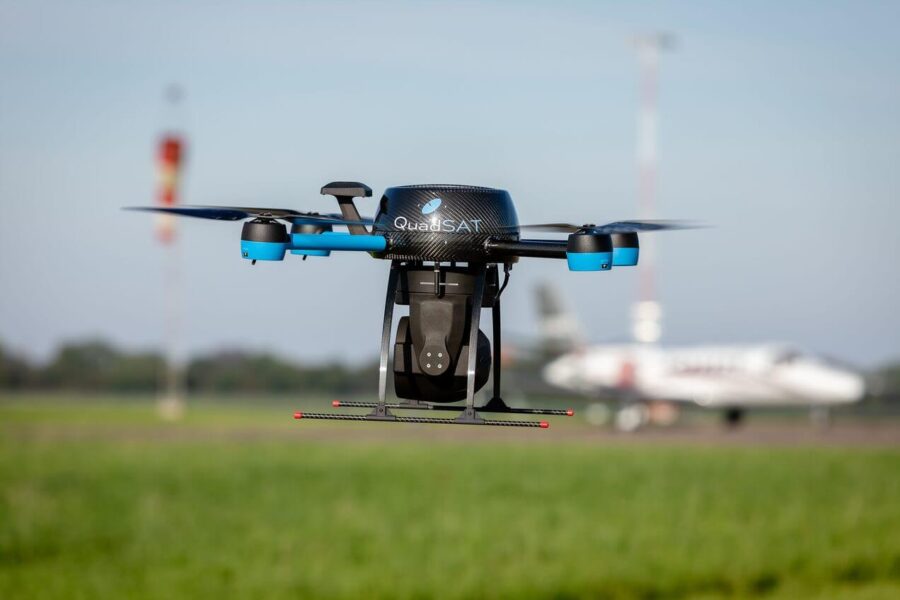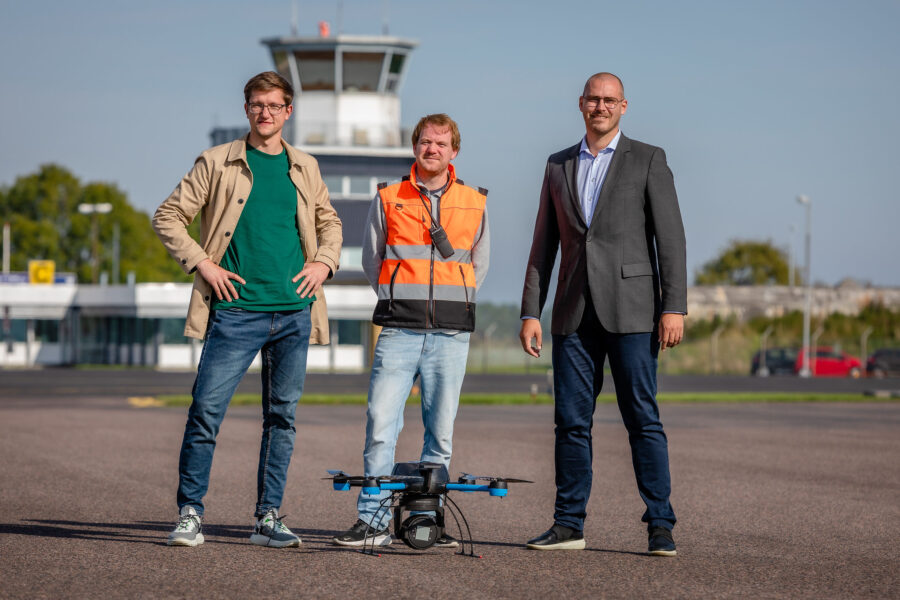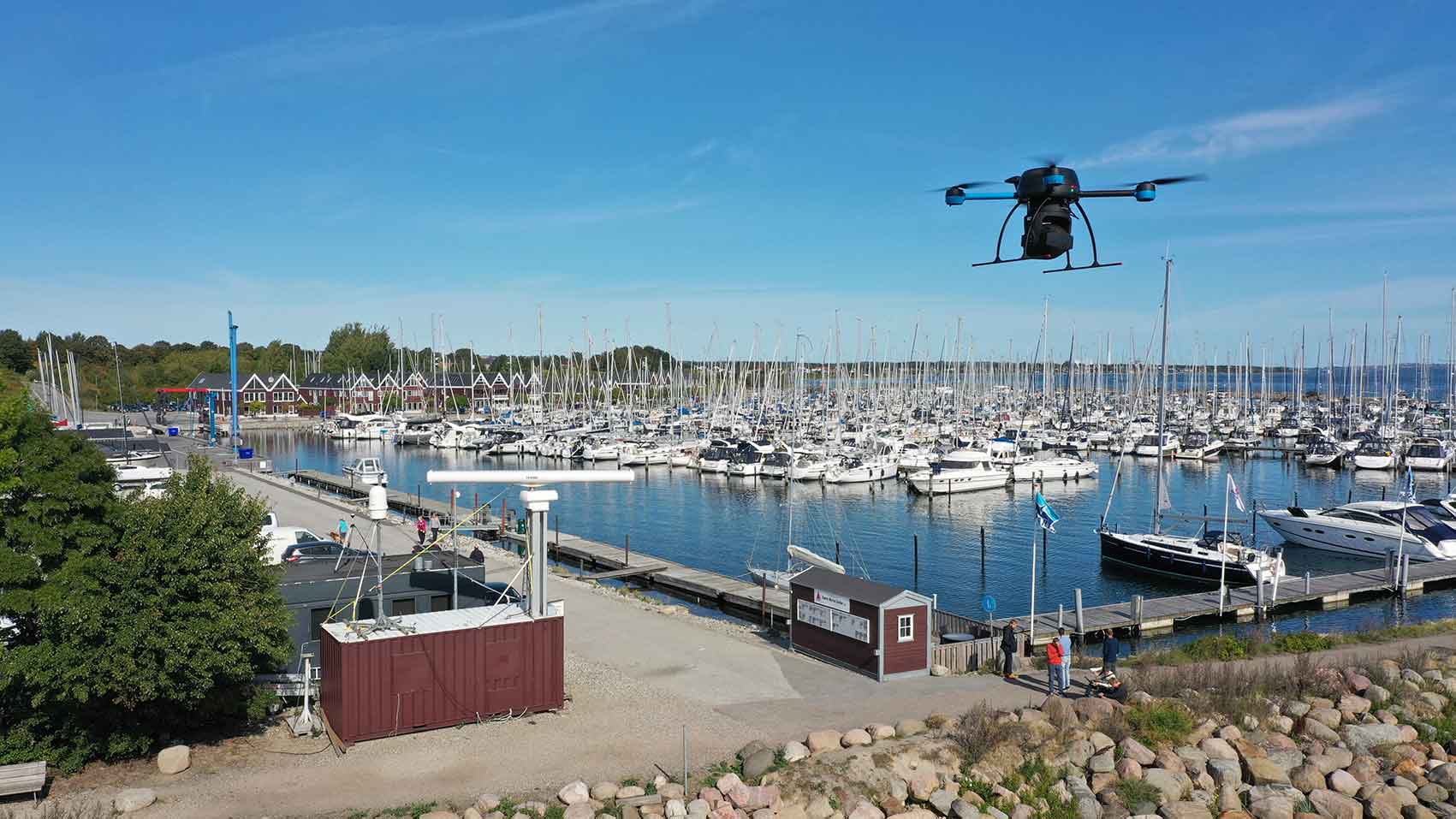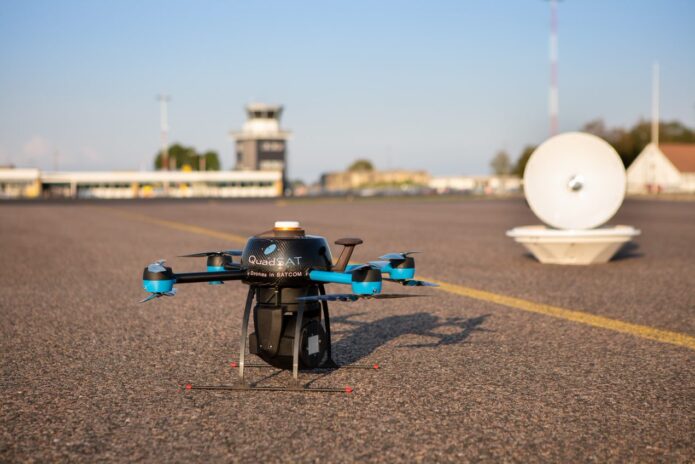Driven by their space and weight saving convenience, Flat Panel Antennas (FPAs) are appealing competitors to traditional parabolic antennas. With 360 Research Reports predicting that the FPA market will grow at CAGR of 40.7% during 2021-2026, there is a clear demand for their offerings. As with all antennas, correct set up and in-depth maintenance schedules are the only way to ensure that the system is performing effectively. We know that parabolic antennas and FPAs have distinctive testing requirements, but how much do they differ? Here are our top 3 considerations for establishing testing regimes for FPAs.
1. Flat Panel Antennas are multi-orbit and can operate at more than one pointing angle at a time
Active electronically scanned array FPAs can simultaneously radiate multiple beams in order to direct radio waves on a static antenna. However, this brings challenges in terms of testing and monitoring as often pointing angles change over time. To address this increase in complexity, there needs to be an increase in the number of testing patterns for FPAs. They need a wider scope of testing, and this can be challenging using a traditional, static test range. Dynamic testing methods, such as UAVs, are key to managing the complexity and flexibility of these testing patterns as they deliver broader results and can respond to multiple pointing angles. Additionally, they allow for on-site testing, reducing downtime and logistical challenges for comms-on-the-move customers, who are showing a keen interest in flat panel technologies.
2. A Flat Panel Antenna performs best when facing straight up as opposed to at a low elevation angle
When establishing testing patterns, it’s important to focus resources to the correct places. You must identify critical operation points of the antenna to identify which areas should be focused for in-depth testing and more detailed measurements. The entire FPA should be tested, however, shorter and faster measurements can be taken on the wider aspects as this, paired with the in-depth results, will provide appropriate levels of evidence to identify the antennas overall performance. This focused approach ensures high testing efficiency whilst maintaining quality. Additionally, it will allow users to quickly identify whether the antenna is performing as its best and whether it is at risk of RF interference and signal degradation.
3. Pattern changes could cause trouble for FPAs when tracking LEO/MEO satellites
It’s important to keep graceful degradation in mind when considering FPAs. Subtle changes in patterns over time could have larger effects on antennas being used for LEO and MEO. Working at a lower orbital altitude than GEO, LEO and MEO satellites will require antennas to track their movements across the sky, with satellites switching from one ground segment to another. The complexity of this system has little room for error as the mistracking of a satellite could result in signal degradation. Over time, the FPA might start tracking the satellite on a side lobe or similar which could cause trouble within the system; its ripple effects could be greater within the complex networks of LEO and MEO. Therefore, it is imperative that FPA operators working with LEO and MEO infrastructures consider this and incorporate regular testing regimes to promote accuracy.
FPAs are hugely appealing to customers, and we know the importance of users having access to the right tools for testing antennas. The delivery of these antennas does create new challenges within the industry due to their complexities and we know that discussions regarding an industry-wide approach to type-approvals are being instigated by the Satcoms Innovation Group and SOMAP. At QuadSAT, we are researching and developing new ways to enhance FPA testing and we look forward to a conformed approach to managing these antennas within the satcom ecosystem.
Watch our CEO, Joakim Espeland, participate in a SIG panel discussion regarding Flat Panel Antennas at ConnecTechAsia.
